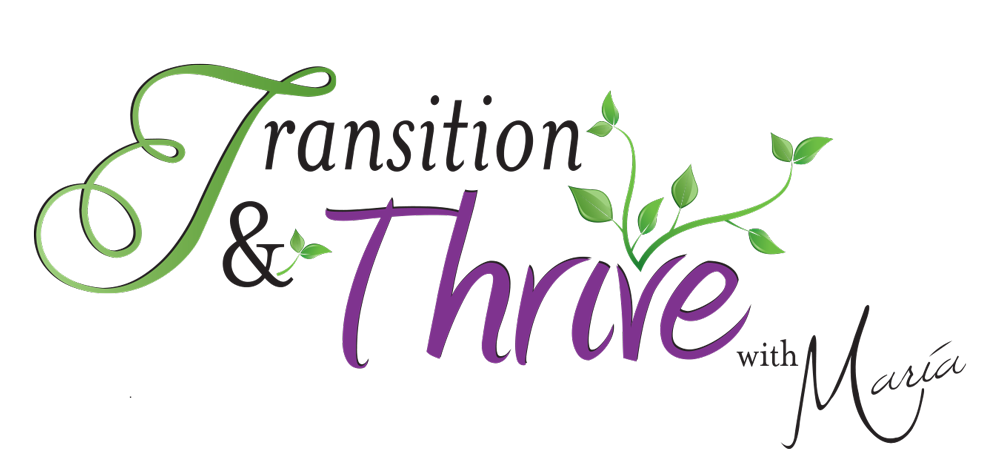Everyone I know grieves in their own way. What I know for sure is this: the one thing everyone can benefit from learning is how to practice self-care when grieving, so they don’t lose themselves in the process.
You may openly display your grief for all to see, or you might retreat and hide your grief. Some people believe grief is something to move through quickly and get on with life. Others are more apt to take time to allow the grief to move at its own pace.
Whether someone near and dear to your heart has passed, or you have lost the life you imagined through a divorce, you will grieve in your own way. Caregiving for a loved one can cause you to mourn the loss of the way it used to be, even before the loss is final. Losing your job can cause grief.
Grief can come on suddenly or you can know it is coming. It hardly matters at all what you grieve or how you do it. What matters is the practice of self-care will help you get through this heart-wrenching time with more ease and grace.
Why is the Practice of Self-care so Important?
To begin with, I believe self-care is important as an everyday practice and it is not selfish to take care of you. And, it is especially crucial when you are not feeling at your best. Struggling through grief is just one of those times.
Here’s something else I believe—you are the best one to know what you need as you allow deep feelings of loss to surface. Additionally, you will do well not to forget that you are a complex being and every aspect needs care—heart, mind, spirit, and body—during such a time.
Getting It Out of Your Head
One way to cover all of those areas is to express your feelings. Keeping them quietly stashed inside can cause physical symptoms that lead to dis-ease. It may also make your heart hurt and your mind race with negative thoughts that keep you stuck in this place of grief longer than necessary.
Creating a simple mind-map of your grief can help to get the thoughts out of your head and down on paper. I recommend this technique for all kind of challenges. The benefit of this approach is to give you some relief by transferring your thoughts to the written word and allowing you to literally put some distance between you and your challenge. In this case, your grief.
Here’s one way to do this: on a piece of paper, draw a circle in the middle and put the word ‘grief’ in the circle (or any other word that describes your state of being at the moment). Next, write words that describe some of the feelings you are experiencing in other circles around the center with spokes or lines that link to the center circle. They might be words like anger, loneliness, helplessness, guilt or depression.
After you get all the words out, you have a map of your grief. Sit with this a while. Then, put it aside and do something else.
When you’re ready, you can take this to the next level by writing about each one of the words on your map in a journal or note pad. What about your situation makes you feel angry or guilty? Why do you feel helpless? How does your depression feel? When you work through your grief and those feelings by writing it out, you may notice a lightness or a lifting of weight from your body.
I Can’t Write About My Grief!
I remember one of my clients reacting to this approach saying, “I’m not a writer! I can’t do this!” Let me assure you that you don’t have to be a writer. Single words or phrases will do the trick. The idea is to get it all out of your head, then you can take one thing at a time and learn how to heal it.
One of the self-care practices below might help in the healing process.
Self-care Practice for Your Heart
When your heart has a gaping hole in it, it can be hard to imagine a time when your heart will be whole again. Showing yourself compassion by taking care of your heart is an especially good self-care practice.
During this time you may want to put your hand on your heart and speak to yourself with kindness. I care about you and will allow you the time you need. You deserve love and kindness, so I will be the first to give it to you.
Treat yourself as you would treat someone else you see who is suffering through grief. Your own act of self-compassion and kindness will also let others know how you need to be treated right now.
Self-care Practice for Your Mind
Grief will play with your mind as few other emotions can. Decisions will be hard. Equally hard will be your ability to focus for any length of time. It may feel like you’re in a fog. Since that is your state of mind, hearing what others are saying may be difficult because you’re unable to concentrate.
At this point, perhaps the best thing you can do is just allow yourself to be. Don’t try to make important decisions; ask others you trust to help you and accept their help with gratitude. Meanwhile, give yourself time to process this new reality.
The state of numbness will pass eventually, and you can take steps at that time to set small goals for yourself, then take small steps to achieve them. As the fog clears and time passes, you can focus on what is important to you in this new state of normal.
Self-care Practice for Your Spirit
Feeling connected is the best way I can describe a self-care practice for your spirit. This connection can start with your higher self, God, the Universe—whatever you call your higher source. A connection like this can help you to receive guidance for your spirit as you grieve. Sit quietly and listen for it.
In addition, connection to other people who understand you and what you’re feeling, as you travel through this grieving journey, can support you in many ways. Their company may help you feel less lonely. Aside from that, you may find people in your inner circle who can help you work through your Grief Map, making it easier for you to get the grief out of your head and begin to heal your heart.
Establishing a connection to the person you lost can also be comforting. When I lost my mother and father, I planted a tree in my back yard in their honor. I kept them close where I can visit and sit quietly, creating a sanctuary for myself. A living testimony to my love for them keeps me connected every day—and it brings me an inner peace that they are always with me.
Self-care Practice for Your Body
It goes without saying that taking care of your body is an essential self-care practice. Everyone has their favorite ways to do this. At the very least, walking in nature can help the grieving process simply by connecting you to the beauty around you.
Whether you choose a mountain hike, feeling moist sand between your toes as you walk barefoot along the waterfront, or perching on a rock by a babbling brook, the sights and sounds are soothing to the soul and the activity is good for the body.
Ample nourishment and rest are also essential, although they may be hard to accomplish when you are grieving. However, creating a self-care practice that includes eating healthy foods regularly and getting to bed on a schedule will help to harness the energy you will need to face the challenges at this difficult time.
Time for You
Last but not least, making time for you to relax and let go for a while is critical. You may wonder how long does grief last? It could be a while, so building a self-care practice will help you get through it more easily.
You need time alone, to breathe, and grieve on your own terms. Initially, you may spend most of this time crying till you have no more tears—till the next time you set aside time to unplug. That’s a good thing. It may help you to heal all those things on your Grief Map with more grace. Allow. Yourself. Time. To. Grieve.
Step onto Your Bridge
When life-changing moments, like the loss of a loved one, flip your world upside down, I create a bridge so you can turn chaos into calm. You build resilience and learn to live a life guided by your own values and vision. Are you ready to take the first step onto your bridge? Do you want to explore how change can impact you? Would you like to learn how to move through it with more dignity and grace? I’m here to help. Get my free ebook From Darkness to Light: Learning to Adapt to Change and Move Through Transition.


Trackbacks/Pingbacks